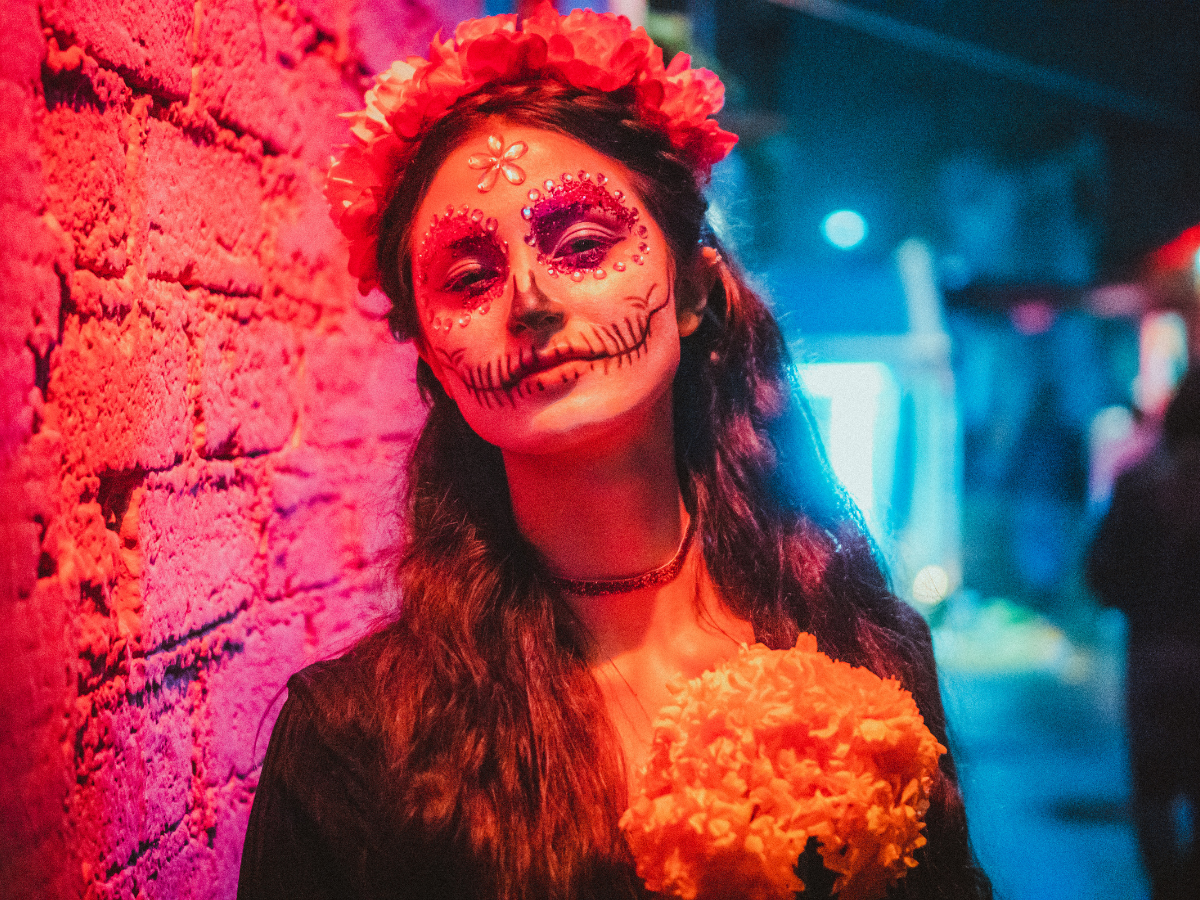
Renesme: Dia de los Muertos…
There is a special day for everything or anything. Why not a special day for the dead? Yes, it may sound a little scary, but it's nothing to be afraid of. So the dead do not come to celebrate this day. Let's enjoy the day of the dead in this article, before we confuse you further...
“Dia de Muertos” or “Dia de los Muertos” is a Spanish definition. It means "Day of the Dead" in Turkish. This festival, whose purpose is to commemorate the dead, is celebrated between 31 October and 2 November. And the most colorful images of this festival take place in Mexico. Based on the drawings of Mexican artist Jose Guadalupe Posada, who was born at the end of the 19th century, the "Day of the Dead" festival, which is held in various Latin-origin countries, especially in Mexico, actually dates back to ancient times. It is believed to have originated in the Aztecs, who had a deep-rooted culture living in Mexico around the 14th century.
Don't be fooled that the name of this festival is "Day of the Dead". On the day of the festival, everywhere turns into a riot of colors. The streets are lively, the sounds of music coming from different points fill everyone with enthusiasm. People who paint their faces, who wear colorful clothes, all walk happily in their colorful clothes. Street dancers, local food, people having fun immersed in the flow of music turn the Day of the Dead into a festival.
Day of the Dead should not be confused with Halloween. On Halloween, people are afraid of spirits, but here the situation is very different. … As we mentioned above, the source of the tradition comes from Aztec mythology. According to mythology, “Mictlantecuhtli” (Mitslantatukil) is a goddess who guards the bones and souls of the dead. In this myth, people visit the statue that symbolizes the goddess, thank them for looking after their relatives, and leave roses for her. In the evening, candles are lit and all family members gather in the cemetery. According to the myth, children descend to the earth on October 31st and adult dead descend to earth on November 1st. In order for the souls to find their way (Flor de muertos), flowers called the flower of death are prepared and the food loved by the dead is cooked. Until late at night, meals are eaten on the street and entertainment continues non-stop. In the meantime, let's remind; each neighborhood has its own band for fun and music. They parade through the streets in their special costumes accompanied by marching bands.
By the way, as we mentioned at the beginning of the blog, "Calavera de la Catrina", one of the drawings of Mexican artist Jose Guadalupe Posada, has become a symbol of the Mexican people over time and is identified with the "Day of the Dead Festival". Therefore, in the process, it has turned into a festival where people celebrate by painting their faces colorfully. Also, the "Day of the Dead" festival is a public holiday in Mexico. On the other hand, this tradition has been the starting point of the formation of the Holy Mary statue in the cemeteries and the habit of leaving flowers on the grave in almost all Latin American countries.
Finally, UNESCO included the "Day of the Dead" on the Intangible Cultural Heritage List in 2008, and after the festival was included in this list, it started to attract even more attention in the world.
